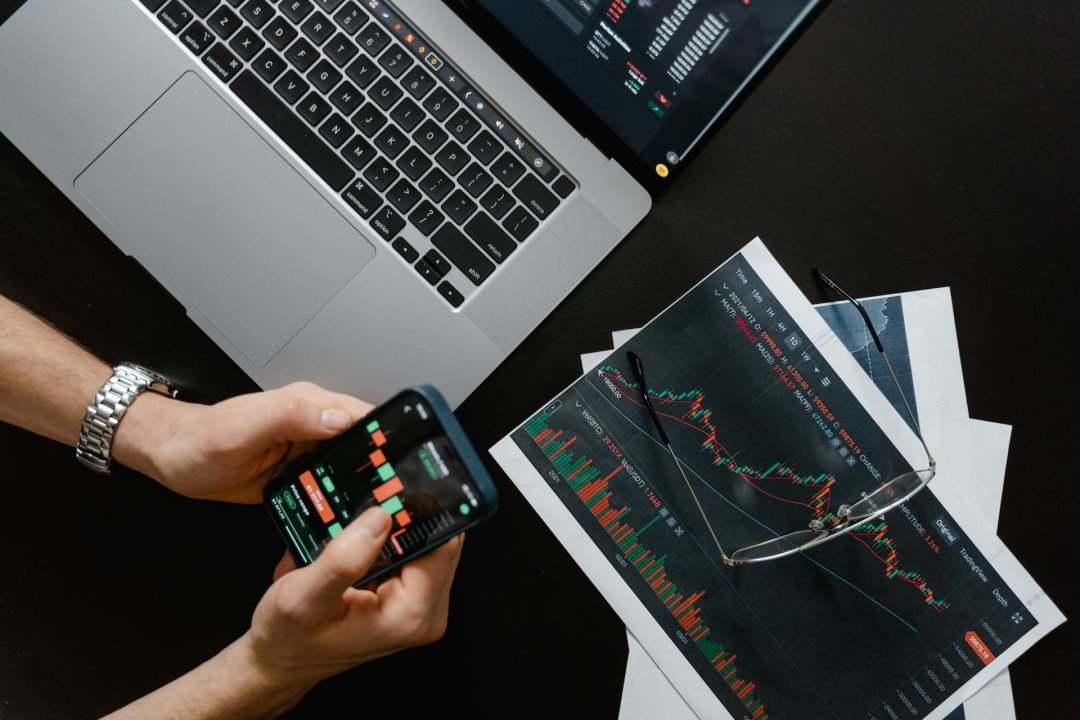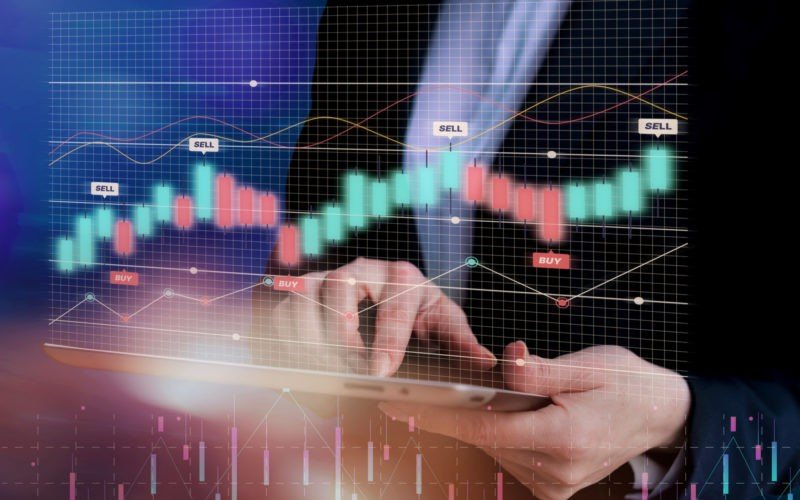The foreign exchange market-or, popularly, forex or FX trading-is the largest financial market in the world, with more than $6 trillion traded every single day. Enticed by this fact, many interested traders take a peek into forex because it is highly lucrative and accessible. But while opportunities in forex are available, it is very common for a beginner to be in doubt about the size of investment meant for entering the market. Luckily, one need not necessarily start trading in forex with a big amount of money. With the right strategies, knowledge, and tools, one is well on their way with a minimal investment.
This guide will take a look at some basic ways to start forex trading on a shoestring budget, with a focus on strategies that will help an individual maximize success while managing their risk.
1. Understand the Forex Basics
First of all, you need to know what forex trading is before you start trading. In simpler words, you are selling one currency and buying another in forex with the hope of a profit through its variation in the exchange rate. If, for example, you think the euro will appreciate against the U.S. dollar, you would buy some units of EUR/USD. You will then sell this when it receives a higher exchange rate.
Key terms to know:
•Pips: Smallest price move in forex, usually the fourth decimal place.
•Spread: Difference between the buying and selling price.
•Leverage: Allows you to control a larger amount with a smaller deposit.
•Margin: Amount needed in your account to open a trade.
Having a strong grasp of these terms and concepts will provide you with the foundation you need for successful trading.
2. Choose a Reliable Forex Broker with Low Minimum Deposits
One of the first steps to starting with a small investment is selecting a broker that offers low deposit requirements. Many brokers allow you to open an account with as little as $50 or even $1. When choosing a broker, consider:
•Regulation: Ensure they’re regulated by reputable organizations (e.g., FCA, ASIC).
•Leverage Options: Look for brokers that offer leverage, but be cautious—higher leverage means higher risk.
•Trading Fees and Spreads: Lower spreads and commission rates will make it easier to grow your account.
Some popular forex brokers with low deposit requirements include XM, Exness, and FBS, but always do your research to find one that suits your needs.
3. Leverage and Risk Management: Trade Small, Trade Smart
Leverage can be a powerful tool in forex, allowing you to control larger trade positions with a small deposit. However, it’s a double-edged sword. High leverage increases your potential profit but also your potential losses. For beginners with minimal investment, managing risk is crucial.
Risk management tips:
•Use a Risk-Reward Ratio: Aim for trades where potential profits are at least twice the potential losses (e.g., 1:2 ratio).
•Set Stop-Loss Orders: Protect your capital by setting stop-loss orders on every trade. This automatically closes the trade if it moves against you by a certain amount.
•Limit Leverage: While brokers may offer high leverage, consider starting with a lower amount (e.g., 1:10) until you gain experience.
4. Practice with a Demo Account First
Most brokers offer free demo accounts, which let you practice trading with virtual money. This is especially useful if you’re trading with a small budget, as it allows you to understand how trades work without risking real money. Use the demo account to:
•Test different trading strategies.
•Learn how leverage and margin work.
•Get comfortable with the trading platform’s features.
Spend at least a few weeks on a demo account to gain confidence and see what strategies work best for you before committing real funds.
5. Start with Micro or Nano Lots
When you start trading with minimal investment, opt for micro or nano lots. A standard lot is 100,000 units of currency, but a micro lot is 1,000 units, and a nano lot is 100 units. Trading with these smaller lot sizes limits your risk exposure.
For example:
•Micro Lot: 0.01 lot size, where each pip move costs $0.10.
•Nano Lot: 0.001 lot size, where each pip move costs $0.01.
By trading with smaller lot sizes, you can enter and exit trades without risking too much capital, which is ideal for small accounts.
6. Develop a Simple Trading Strategy
Having a trading strategy helps guide your decisions and reduces emotional trading. A basic strategy for beginners could involve:
•Trend Following: Trade in the direction of the prevailing market trend. Use indicators like moving averages to confirm trends.
•Support and Resistance: Identify key levels where the price tends to bounce back or reverse.
•Price Action: Focus on reading the actual price movements rather than relying heavily on indicators.
Experiment with these strategies in your demo account until you find one that suits your style and helps you achieve consistent results.
7. Use Technical Analysis Tools
Technical analysis is essential in forex trading. Many beginner traders start with basic indicators such as moving averages, RSI (Relative Strength Index), and MACD (Moving Average Convergence Divergence). These tools help identify trends, reversals, and overbought or oversold conditions.
For a minimal investment account, try to stick with a few indicators rather than crowding your chart. Too many indicators can lead to confusion. Start simple, focusing on one or two key indicators, and gradually incorporate more as you gain confidence.
8. Keep a Trading Journal
A trading journal can be incredibly beneficial, especially when starting with a small account. Track every trade, noting:
•Entry and exit points
•Trade size
•Strategy used
•Outcome (profit/loss)
•Lessons learned
Over time, a journal helps you identify patterns in your trading, highlight areas for improvement, and refine your strategies.
9. Stay Updated on Forex News and Events
The forex market is sensitive to global events, economic reports, and political developments. Keeping up with these events can help you make informed trading decisions. A few key events to watch for:
•Interest Rate Decisions: Changes by central banks impact currency values.
•Economic Indicators: GDP reports, employment data, and inflation rates.
•Geopolitical Events: Elections, trade agreements, and conflicts.
Stay updated with reliable sources like Bloomberg, Reuters, and ForexFactory’s economic calendar. Knowing what’s happening globally can give you an edge in the market.
10. Control Your Emotions
Trading with a minimal investment can be challenging emotionally, as even small losses can impact your account balance. It’s essential to stay disciplined and avoid making impulsive decisions.
Common emotions to manage:
•Fear: Leads to exiting trades too early or not taking trades.
•Greed: Causes over-leveraging or overtrading.
•Frustration: Results from consecutive losses, often leading to revenge trading.
Sticking to your trading plan and risk management strategy is key to long-term success in forex trading.
Final Thoughts
Starting forex trading with minimal investment is entirely possible and can be a rewarding journey with the right approach. By focusing on education, using a demo account, starting with micro lots, and maintaining strong risk management, you can build your skills and grow your account over time. Remember, forex trading is not a get-rich-quick scheme—it requires patience, discipline, and ongoing learning.
As you gain experience, gradually increase your investment, refine your strategies, and adapt to the ever-changing forex market. Stay informed, keep practicing, and good luck on your forex trading journey!




